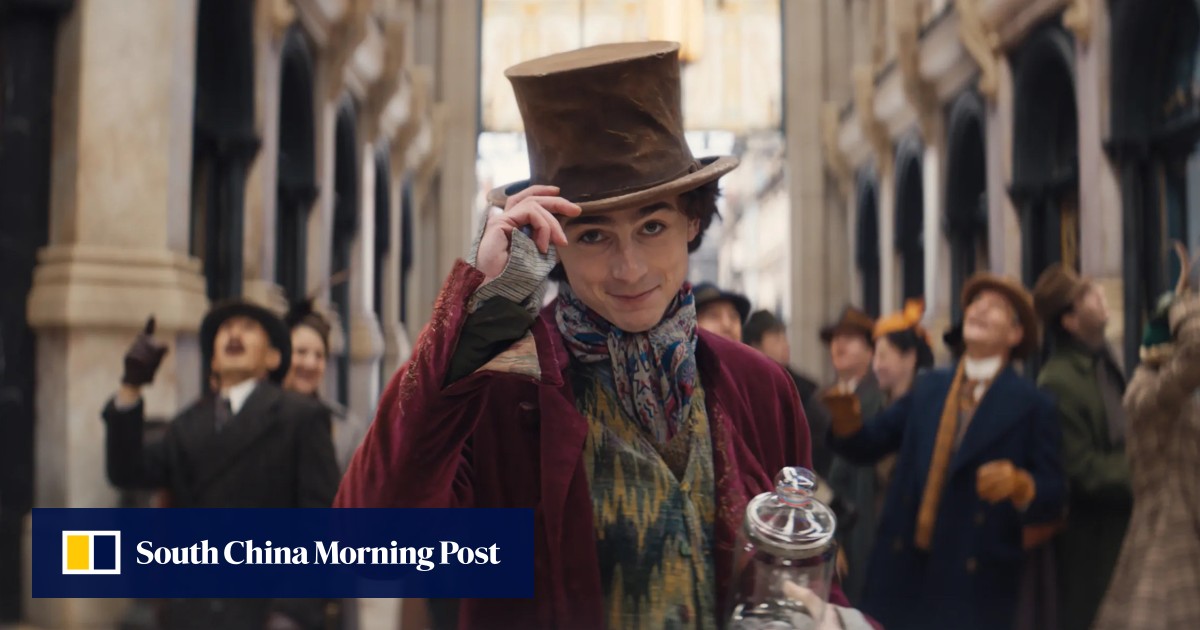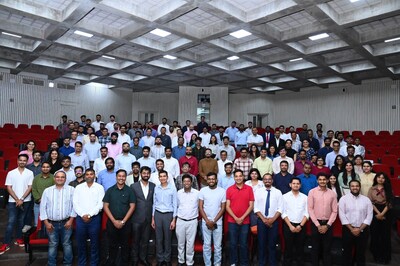In Boy, Dahl described how he and his friends would stop outside the shop window on the way to and from school each day to gaze at the jars of bulls eyes, humbugs, strawberry bonbons and acid, pear and lemon drops.
“Sweets were our life blood,” he wrote, recording his favourites as sherbet suckers and licorice bootlaces.
The author’s vivid memories of the sweets, including the fizzing sherbet and gobstoppers that lasted an age, would seem to have sparked inspiration for the fantastical confectionery creations featured in his novel Charlie and the Chocolate Factory (1964).
Although they loved the sweets, seven-year-old Dahl and his friends hated the “loathsome” shop owner, who told them to “keep their thieving hands off the chocolates”. So they hatched a plan to hide a dead mouse in a jar of gobstoppers.
Wonka: Timothée Chalamet in toe-tapping Willy Wonka musical origin story
Wonka: Timothée Chalamet in toe-tapping Willy Wonka musical origin story
He immortalised the incident (renaming the owner “Mrs Pratchett”), including the chaotic results and subsequent punishment by his school’s headmaster, over several chapters in Boy.
The escapade was also posthumously published (Dahl died in 1990) as The Great Mouse Plot for World Book Day in 2016, the centenary of the author’s birth, becoming a bestseller.
When the Laus bought the property some 35 years ago – then a Chinese takeaway called The Great Wall and an attached house – they were unaware of the link with Dahl. Following an initiative by the Llandaff Society to discover the location of the sweet shop, a blue plaque – an official historic marker in the UK – commemorating Roald Dahl was placed outside the eatery in 2009.
“People came for the food and saw the plaque and others came to see the plaque and stayed for the food,” says Yau, who worked in his aunt and uncle’s takeaway when he was growing up.
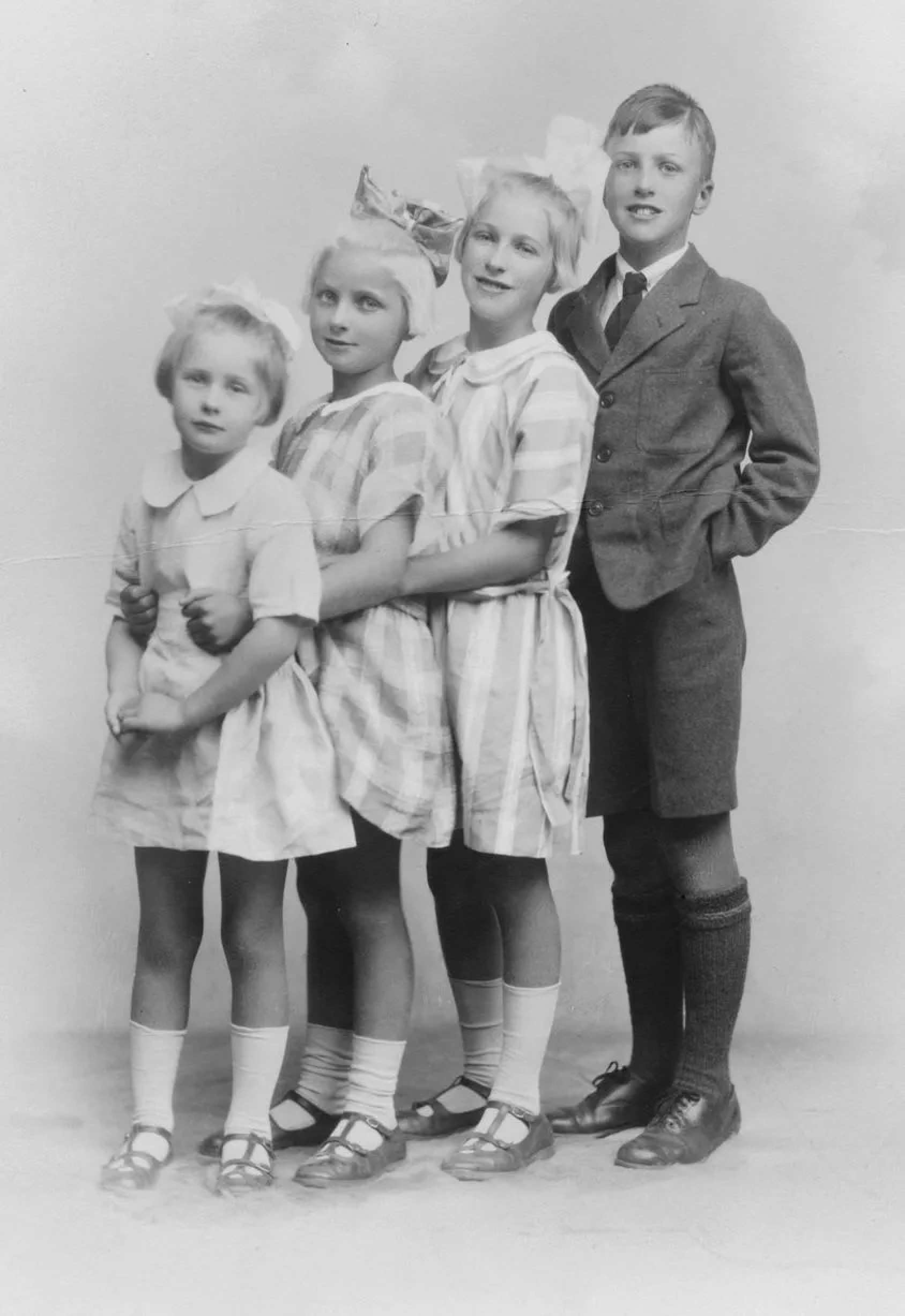
At the plaque unveiling, Dahl’s widow, Felicity, said, “What’s so lovely is that [Roald] was born [in Llandaff], he went to school here and certainly sweets were a major part of his life and possibly his most famous book of all, Charlie and the Chocolate Factory.”
Ten years later, the property was transformed into a holiday rental.
“My aunt and uncle were thinking about retirement but were too attached to the business and house after so many years,” Yau says. “I was finishing architecture at university during this time and so we started floating the idea of investing some money, renovating and renting it out on Airbnb.”
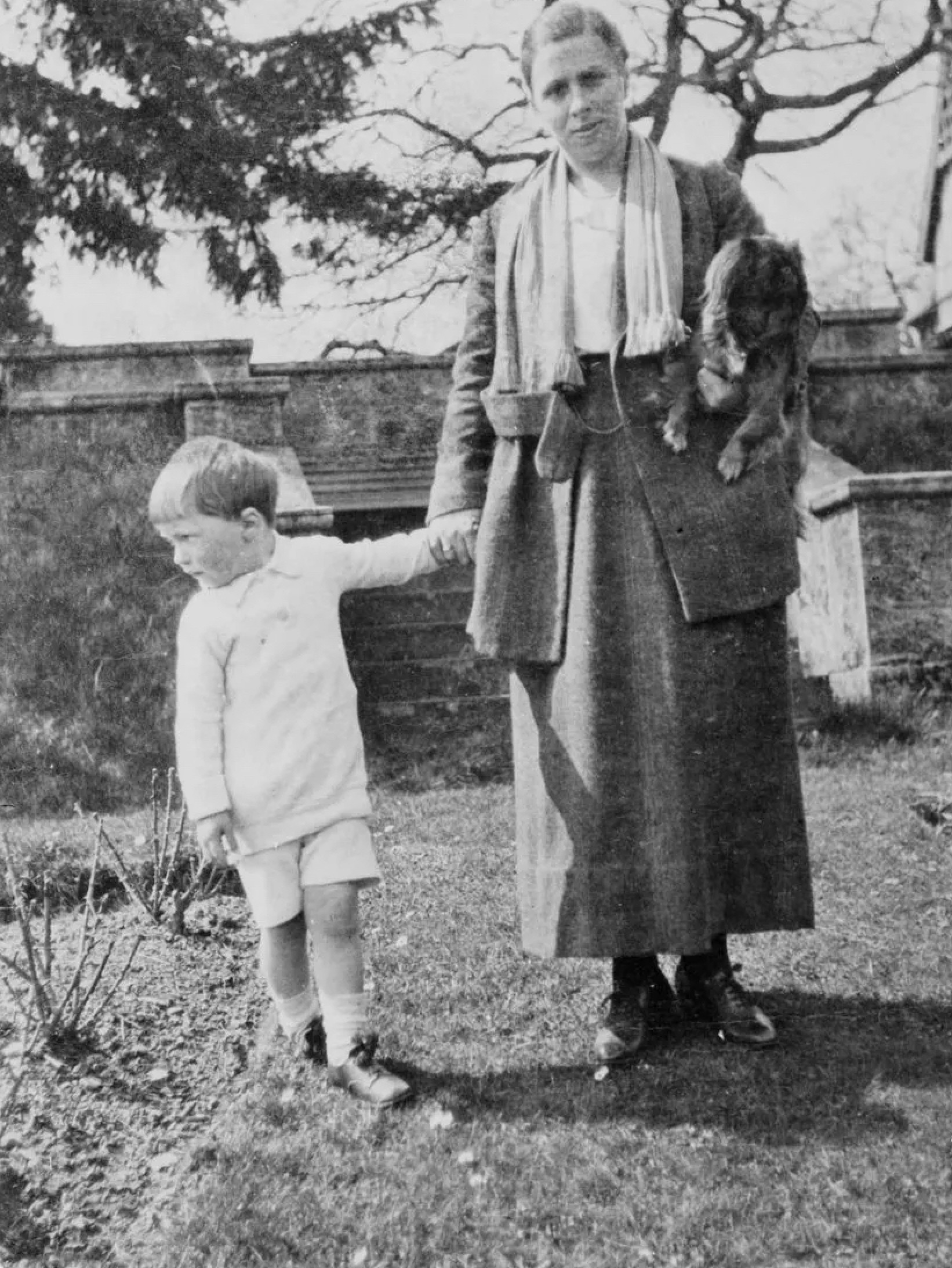
Yau designed the renovations and the resulting property, called The Sweet Shop, now has a living space where the shop used to be, four bedrooms and four bathrooms.
“We get a lot of bookings from Roald Dahl fans who want to visit the area,” he says. “We are able to accommodate up to 21 guests, so we do get large families and groups staying quite often from all over the UK and the world [including] China and America.”
Dahl was born to Norwegian parents, Harald and Sofie, in “a fine house in the village of Llandaff, just outside Cardiff”. His father had moved there to set up what would become a successful shipbroking business.
“The greatest coaling port in the world at that time was Cardiff, in South Wales. So off to Cardiff they went,” Dahl wrote of his father and his business partner in Boy.
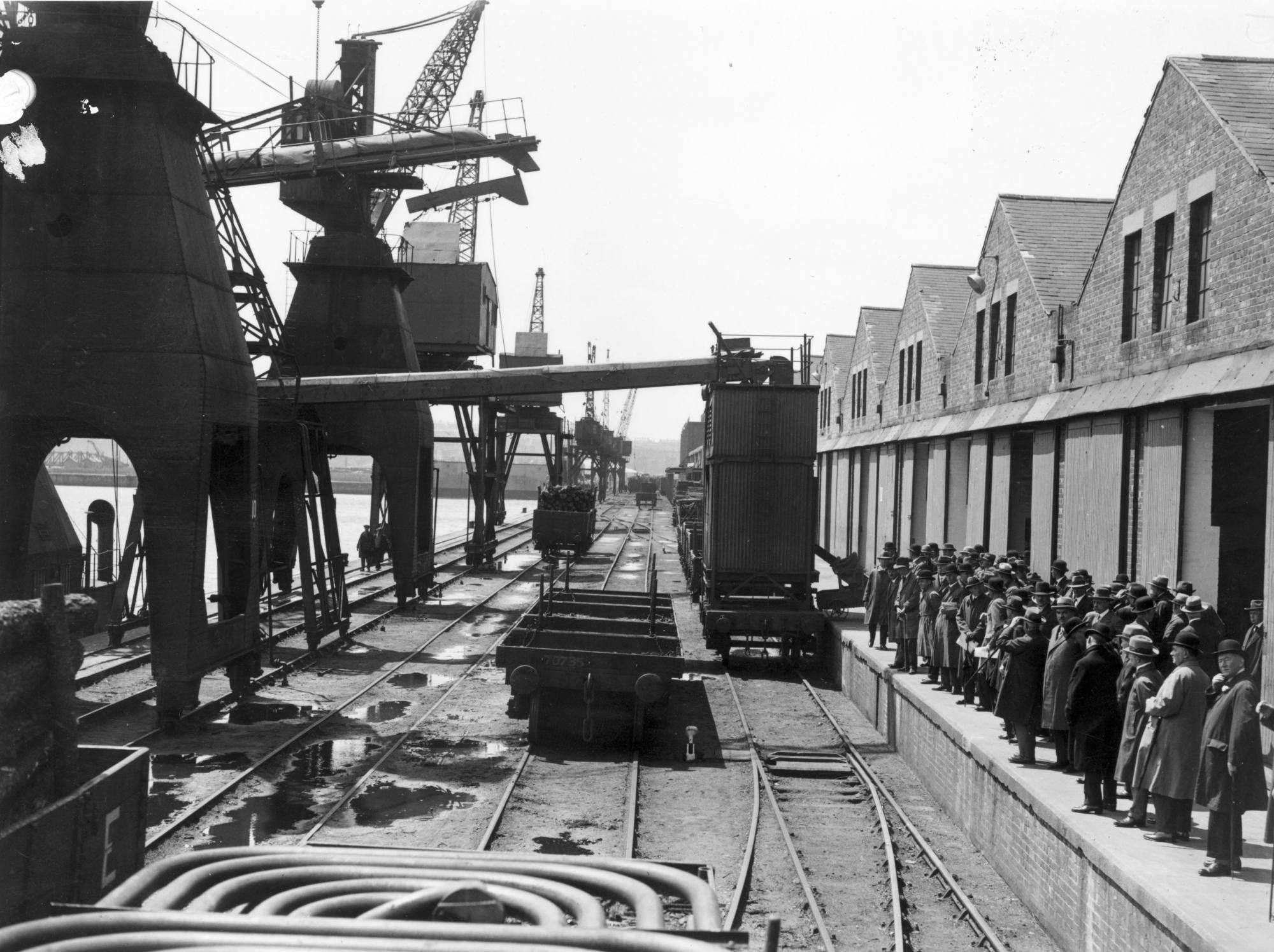
Villa Marie, a handsome, white arts-and-crafts style house, on Fairwater Road, is still a privately owned home and marked by another blue plaque, commemorating the author’s birthplace.
Today, Llandaff is a leafy suburb of Cardiff that retains its village heart, with a high street and green, although officially it’s a city – known locally as “a city within a city” – on account of its notable cathedral, dating back to 1120.
Roald discovered the infamous sweet shop while a pupil at the Cathedral School. At that time, the school was opposite the green, which Dahl described crossing on the way to and from the confectioner.
The village also has a clutch of shops, pubs and restaurants, including The Heathcock gastropub and rooms on Bridge Street, run by an alumnus of London’s St John restaurant.
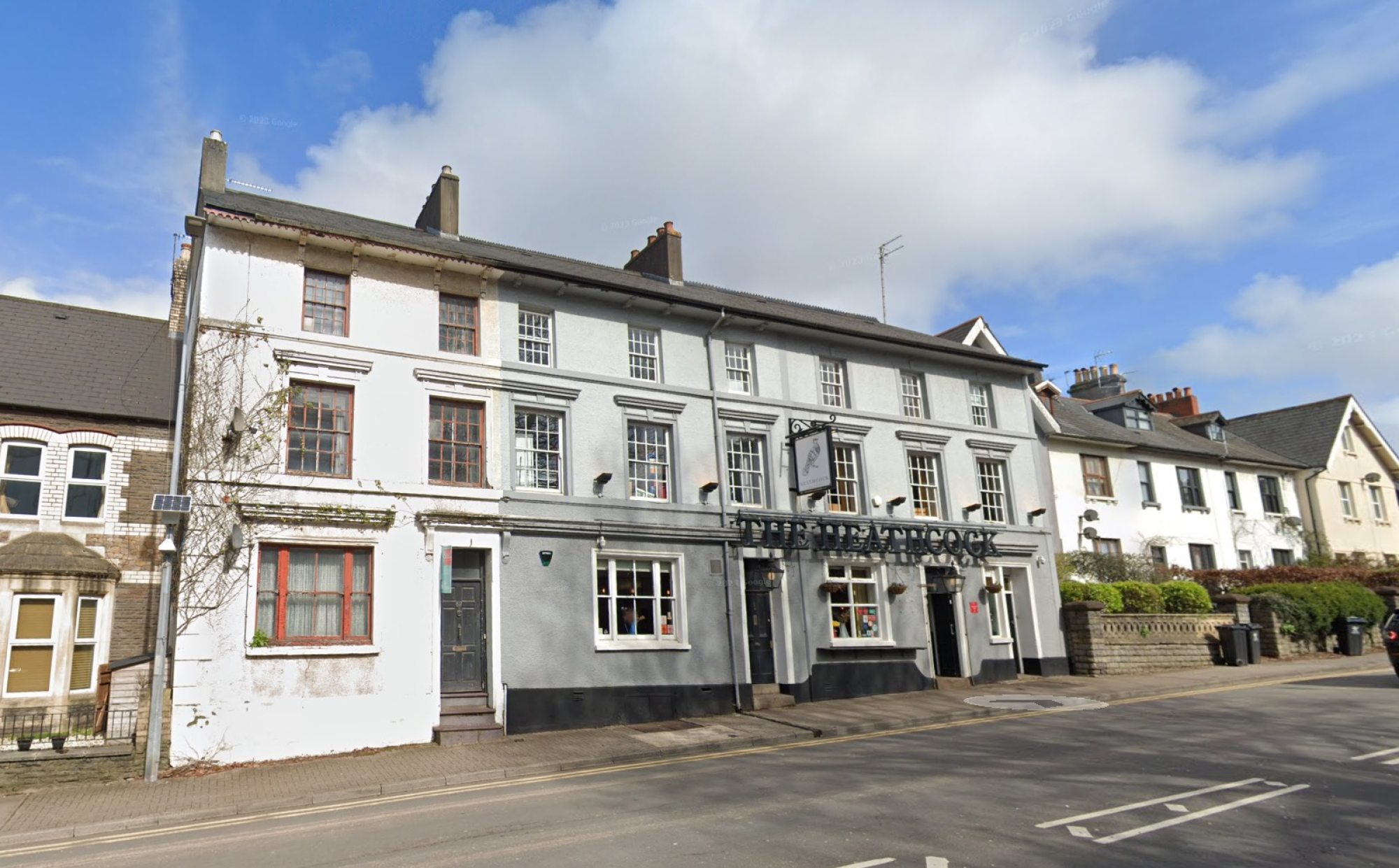
Along from here, on Llantrisant Road, is where, during Christmas 1925, Roald’s “ancient” half-sister (in reality, 21) crashed the new family car, an incident, he claimed with signature goriness, that almost cut his nose off his face.
When Roald was two years old and Harald’s business was flourishing, the family had moved to “an imposing country mansion beside the village of Radyr, about eight miles west of Cardiff”.
Radyr, another leafy village-like suburb, neighbours Llandaff via the aforementioned Llantrisant Road and is set on a hill on the outskirts of the capital. Dahl described their new home, Ty Mynydd (meaning “mountain house” in Welsh), as “a mighty house with turrets on the roof and with majestic lawns and terraces all around”.

Alas, Ty Mynydd no longer exists, but the gatekeeper’s lodge that stood at the driveway entrance to the main house does, a charming stone and red-tiled Victorian building that is now a friendly, family-run bed and breakfast.
From the brow of the hill that once led up to the mansion, you can see across the city to Cardiff Bay, which has another Dahl link.
The regenerated area that was the docks in the booming coal era is full of restaurants, bars, the boutique Everyman cinema and the Millennium Centre theatre. Amid these new additions sits the picturesque white clapperboard Norwegian Church on the water’s edge.

Built in 1868, this was where Roald was baptised and the family regularly worshipped, along with the many Norwegian sailors who journeyed to and from the port in the late 19th and early 20th centuries.
Dahl was so fond of the church that he was instrumental in preserving the building when it closed as a place of worship in the 1970s.
The setting is now a thriving arts centre that includes a cafe, which serves cakes, pastries and hot snacks. No Wonka Bars though.
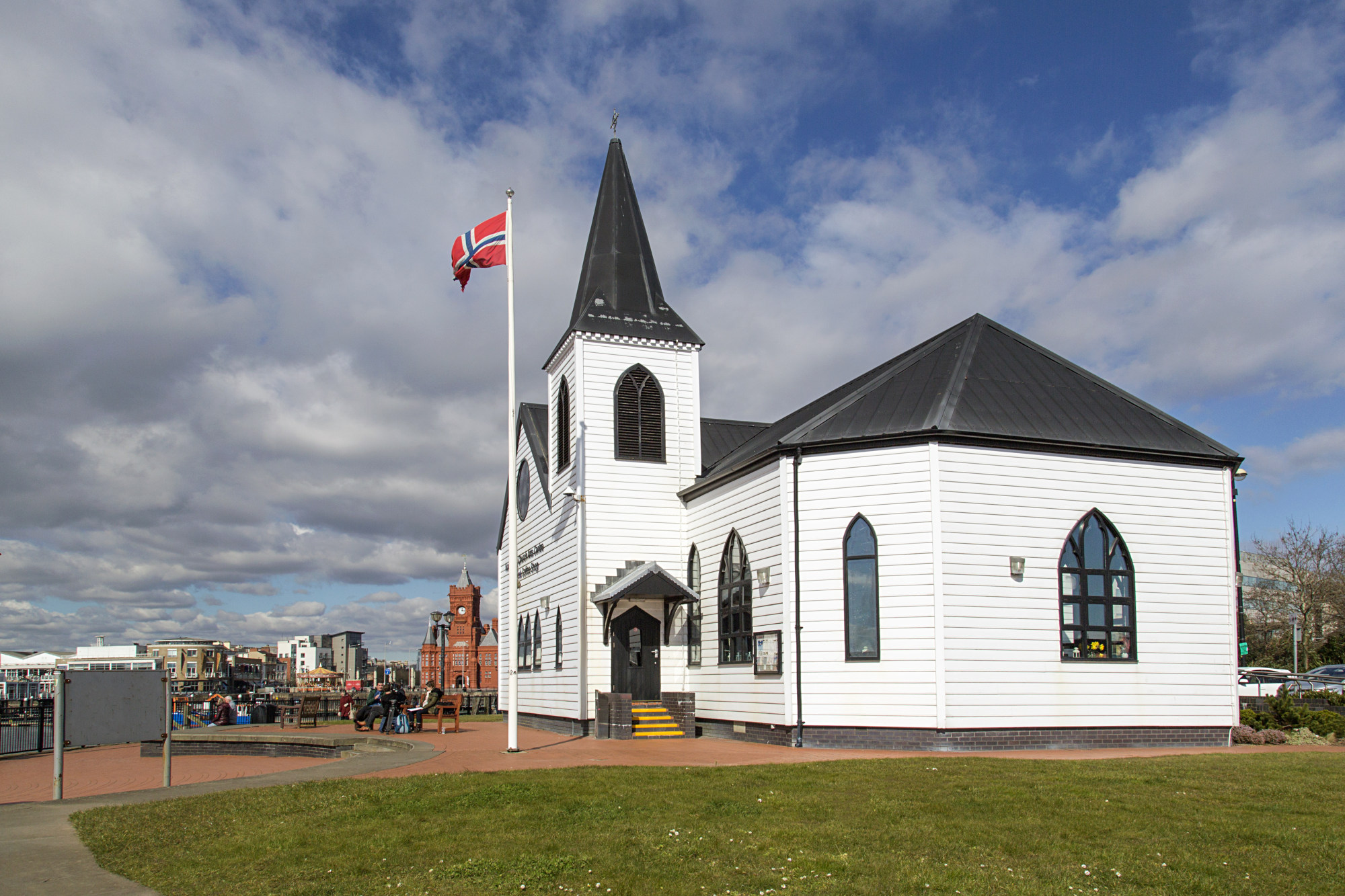
Wonka is showing in Hong Kong cinemas until December 27

